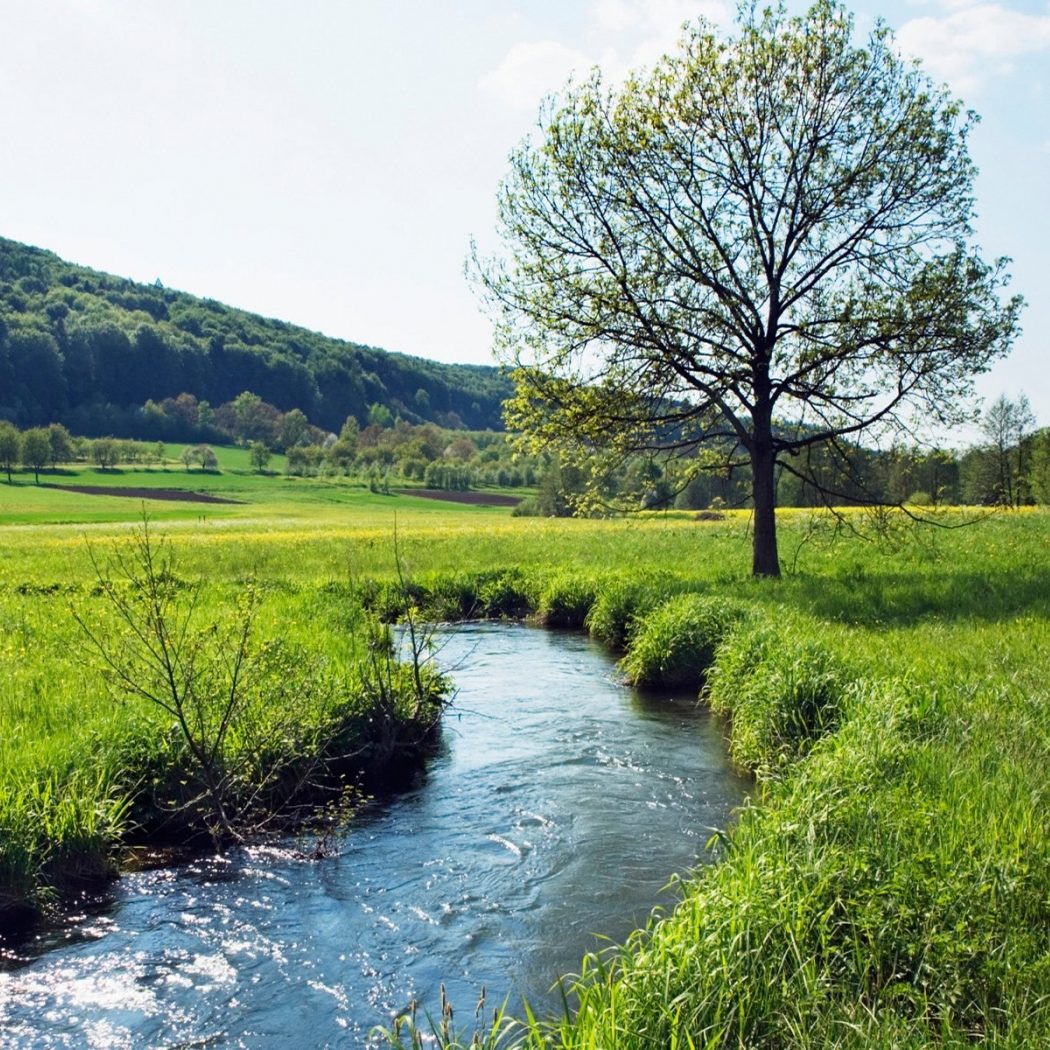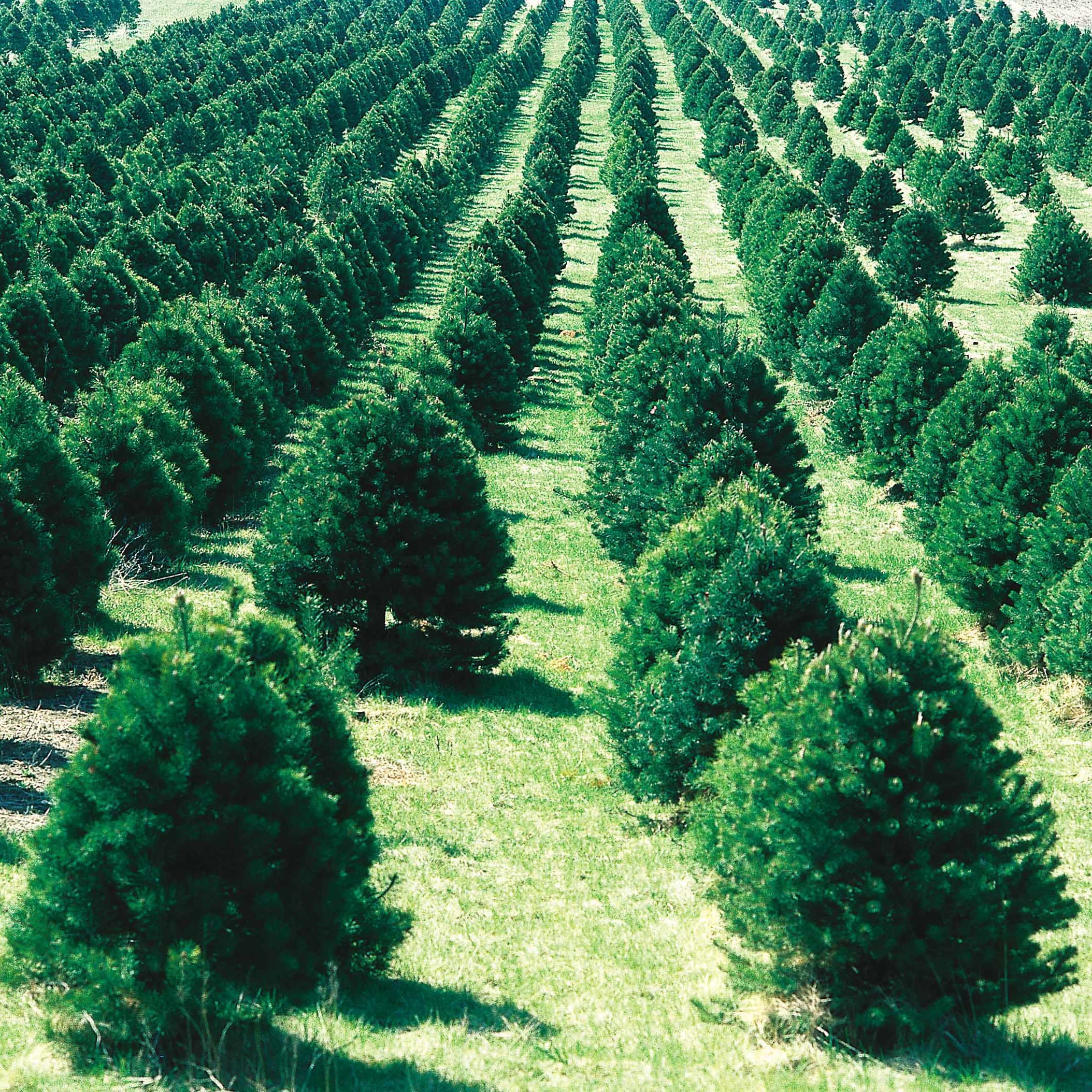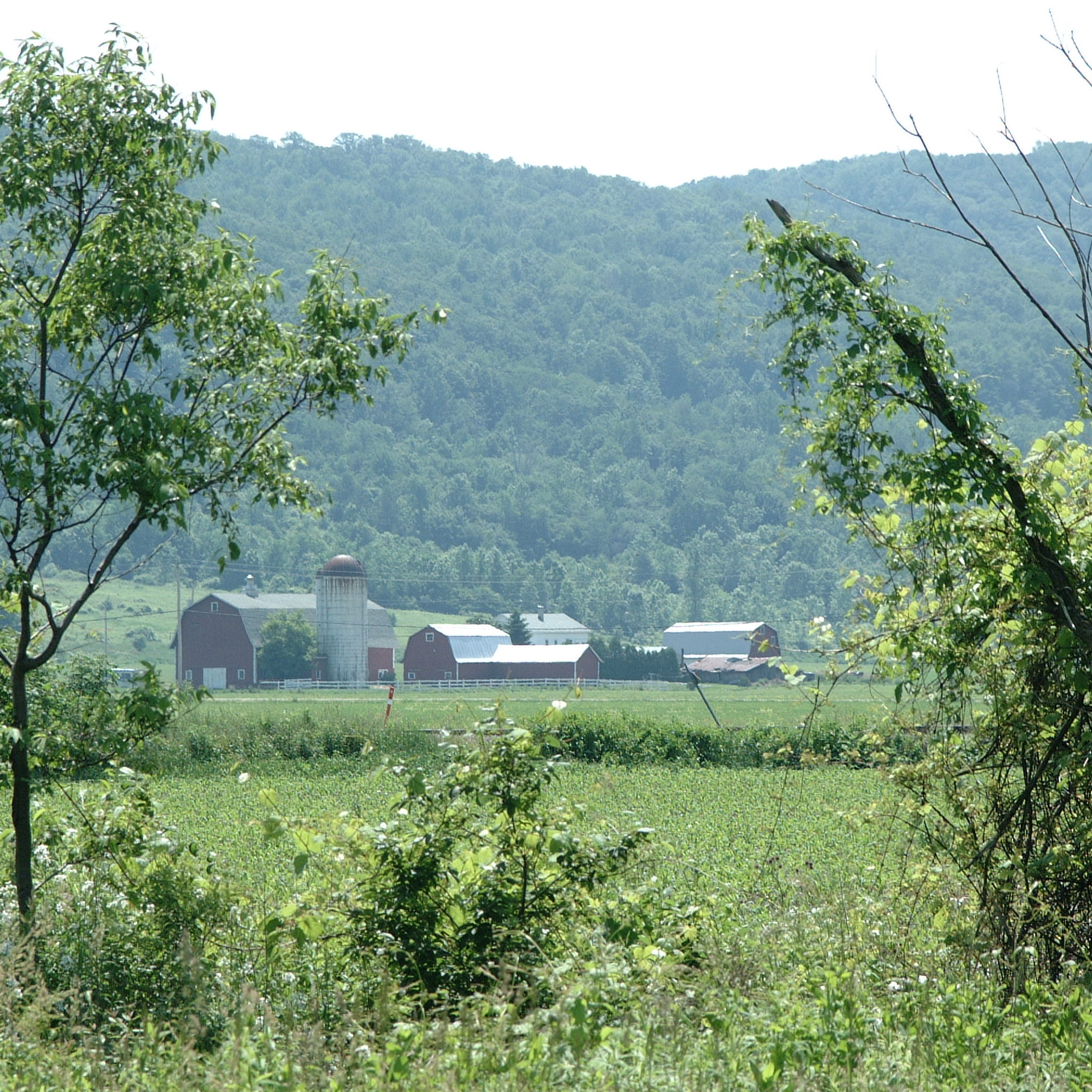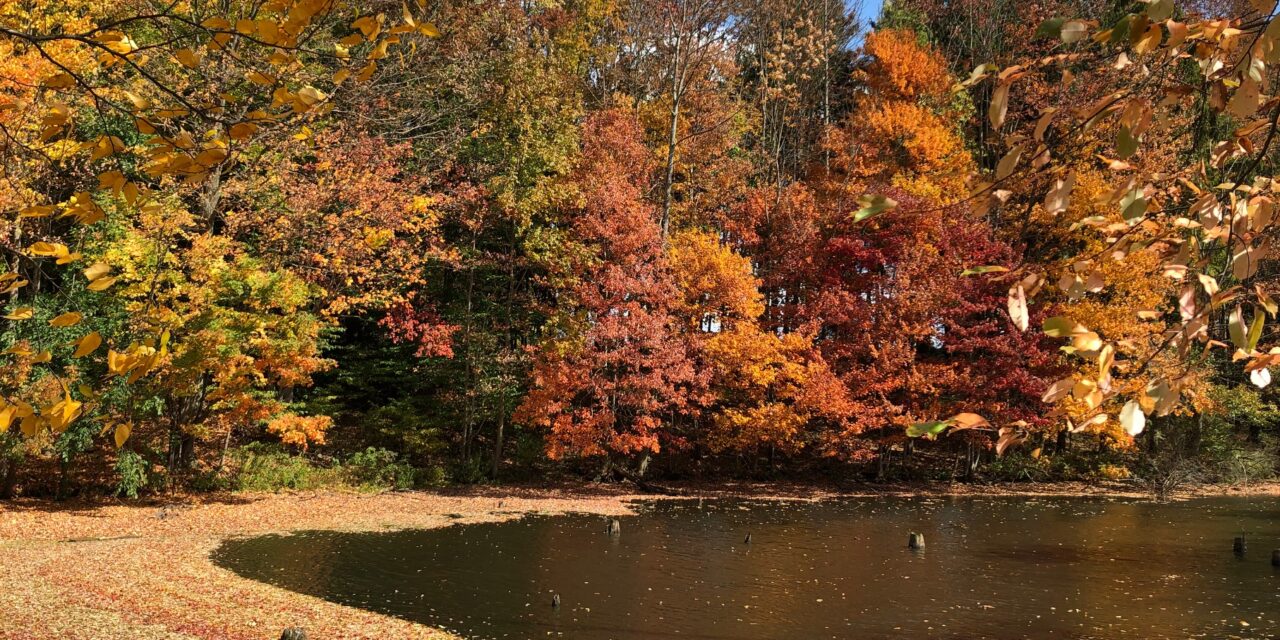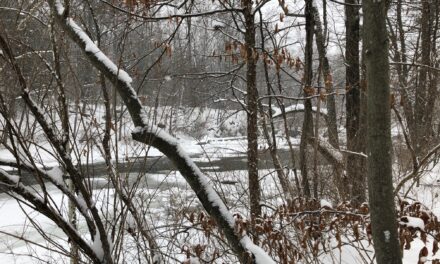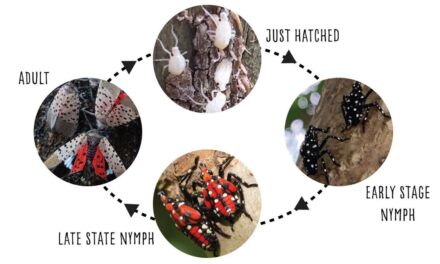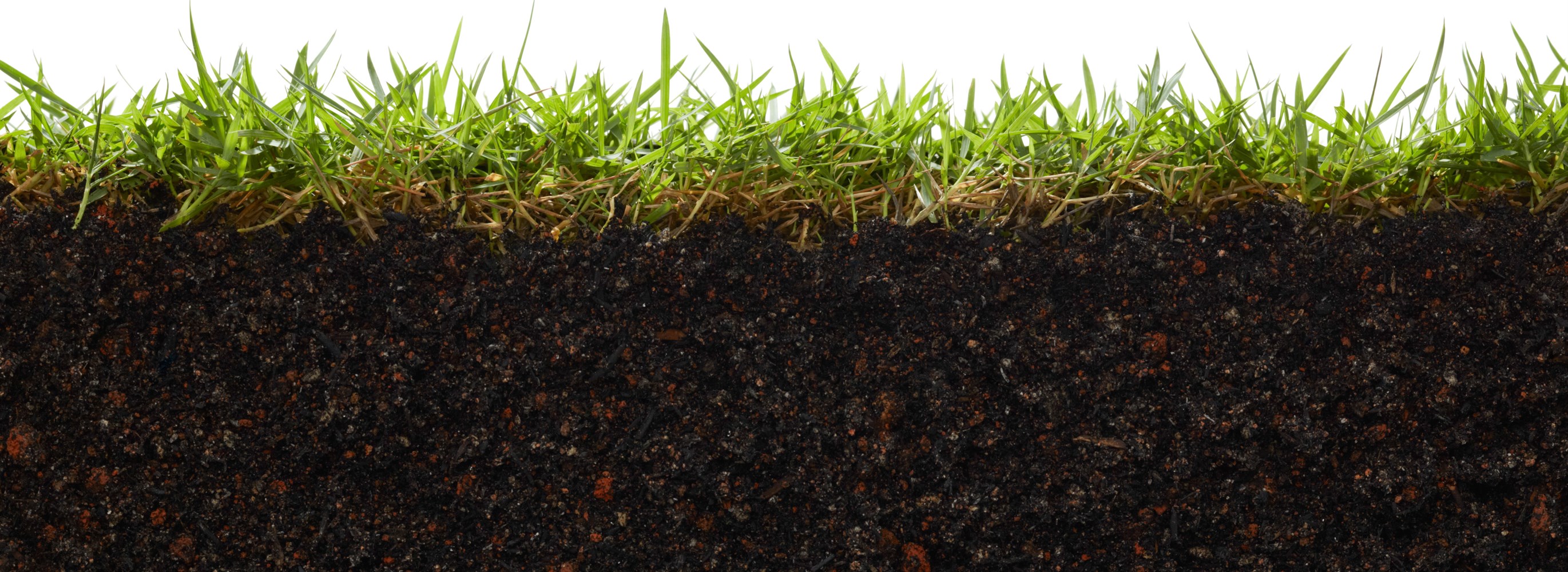One of the most iconic sights associated with Central New York is the bright leaves that appear every autumn. Each year both locals and travelers alike look forward to seeing the beautiful colors blanketed across the landscape, but when the leaves have fallen and winter gets underway, is that the end of the story for the beloved fallen foliage? Quite the contrary!
Leaves play a vital role in the health and productivity of riparian ecosystems. During the spring and summer, the trees that line river tributaries block sunlight from reaching the water. Due to the canopy’s cover, photosynthetic activity is greatly hindered within the aquatic ecosystem, thus limiting the amount of carbon produced. Luckily, the carbon necessary for supporting the core of the food web is found in the leaves that enter the system every fall.
When leaves fall into a stream, they begin to leach organic molecules similar to the process of a tea bag steeping in water. This so-called “watershed tea” carries nutrients downstream for other organisms to utilize. Additionally, decomposing microbes and macroinvertebrates break down and consume these leaves. Those decomposers then become prey to larger more complex organisms, continuing the transfer of energy throughout the food web.
The leaves that find themselves in or along a stream after they have fallen create a very specific mixture. Each watershed, and tributary within the watershed, has become unique in chemical and physical compositions due, in part, to the leaf packs that form in them. These leaf packs create various habitats and produce various mixtures of “watershed tea,” making each stream specialized to the organisms that inhabit them. Studies suggest that salmon even use the chemical composition of the “tea” to find their way back to the stream they had once spawned in.
The carbon released from leaf litter accounts for an enormous portion of the total dissolved carbon within a watershed, which makes riparian forests a critical component of a healthy watershed. Establishing riparian forest buffers between streams and agricultural land is a great way to help support a thriving aquatic ecosystem from the headwaters all the way to the Chesapeake Bay. Riparian forests help widen streams and slow their flow, allowing leaves to collect and decompose without being washed away. They also assist in preventing erosion and help filter runoff from adjacent land. Lastly, of course, these stream-side forest buffers add leaves to the stream, and therefore carbon to the entire watershed.


